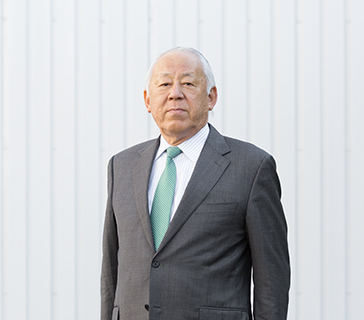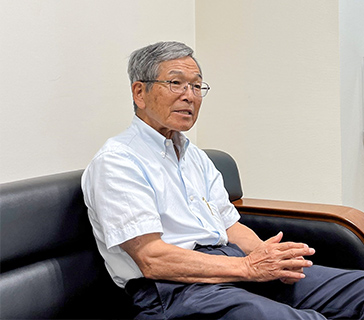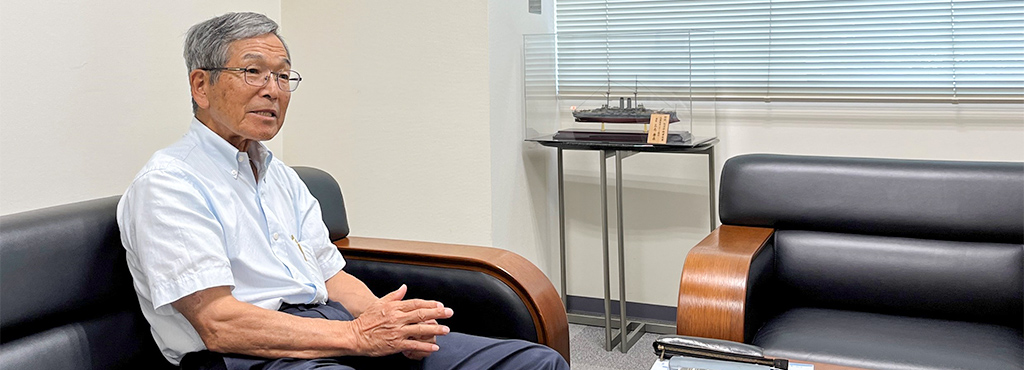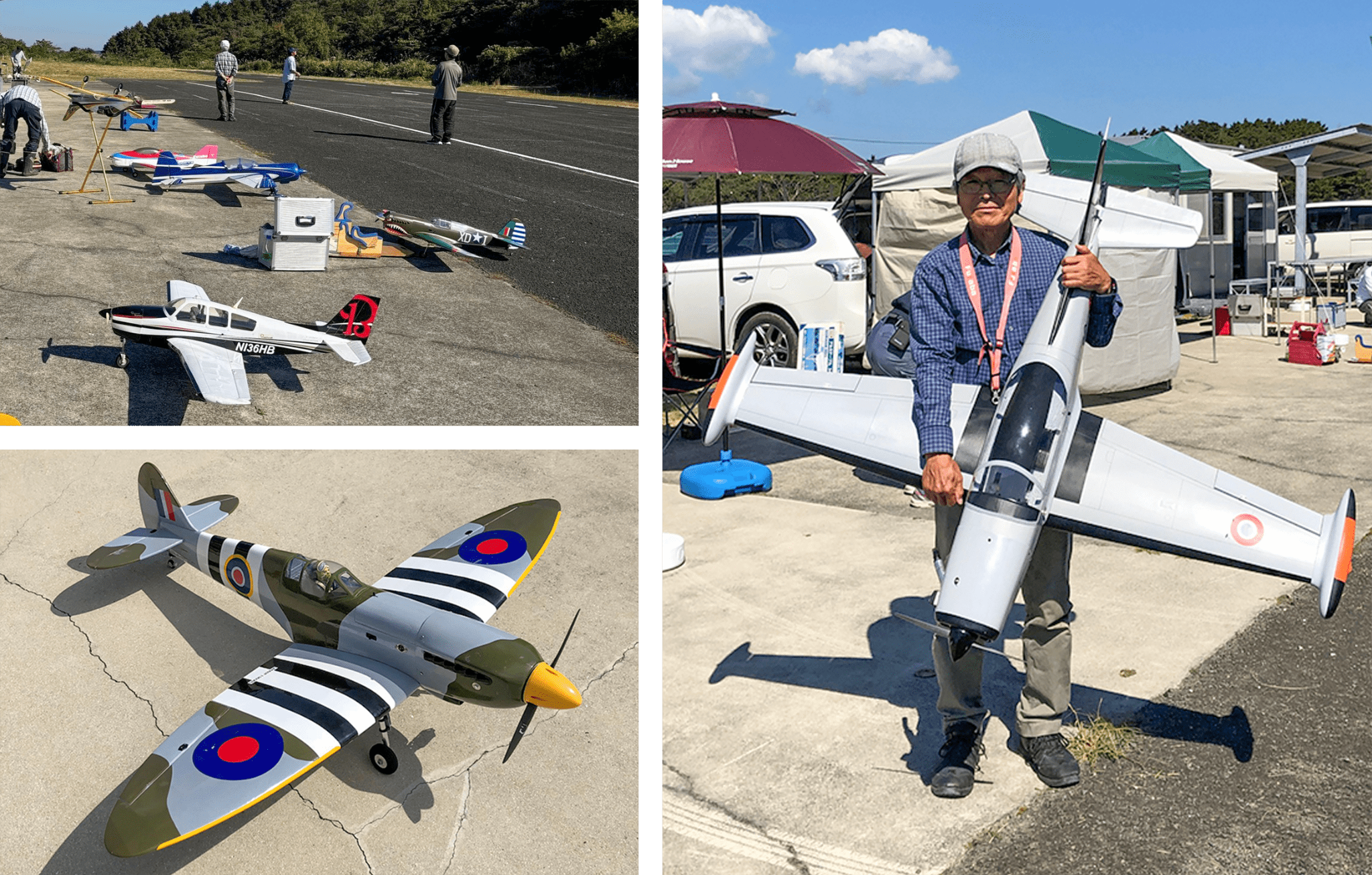Philosophy_Voice Vol.1
Nakashima Propeller President
Motoyoshi Nakashima
In 1926, Zenichi Nakashima, Motoyoshi's grandfather, started a foundry. Two years later, he started making propellers for fishing vessels. After World War II, Motoyoshi's father, Tamotsu with his brothers began manufacturing large propellers and expanded the company's market share. Motoyoshi and his team have made aggressive investments-building new factories and setting up overseas subsidiaries-turning Nakashima Propeller into a true global firm. We asked Motoyoshi what makes Nakashima unique.

-
Q1. As a top company executive, what are your priorities?
Business is all about people. I thus believe it's important to be inspired by people around you and to make a difference in the lives of others, including customers and employees. For instance, at Nakashima, we foster a culture where employees can openly express themselves, constantly take up new challenges and even make mistakes. You also have to be brave in making decisions and carrying them out, whether you are making a step forward or a step back.
-
Q2. What is the DNA of Nakashima Propeller?
My grandfather, a mould craftsman, taught us the importance of made-by-hand skills. My father loved innovation and was always eager to introduce cutting-edge technologies. And both of them shared the spirit of never settling for the status quo. Our company inherited all of these traits. Nakashima makes heavy investments in computers that support our in-house designs. Our technology is among the best in the industry. But you cannot fly a rocket to the moon by just creating a good blueprint. Whether you are making a rocket or a propeller, to attain its full potential you must accurately reflect its design in the manufacturing process. Nakashima achieves this by integrating two elements that set it apart: processing skills powered by the most advanced machines, and state-of-the-art techniques used by our craftsmen.
-
Q3. Why do you stick to a build-to-order style for producing moulds?
The number of companies that can take single-item orders for a wide range of products is dwindling. Many propeller makers have a standardized moulding process, to streamline their production. However, every ship has different cargo and equipment. Every sea route has its own climate. Every port has a different water depth. In the future, the ability to design and manufacture the best propeller for each ship will be even more crucial, considering that ships' environmental load, in addition to their speed and energy efficiency, is expected to become more important.
-
Q4. What is the future of Nakashima as it approaches its 100th anniversary?
Today, Nakashima is not just manufacturing propellers. We are evolving into a specialist company that optimizes propulsion performance, to support ships throughout their entire life cycle. We are aiming to become an irreplaceable partner for ship owners and other clients and to have an outstanding presence in the world. The younger generation in our company is taking the lead in implementing reforms to achieve these goals, and I have great confidence in them.




